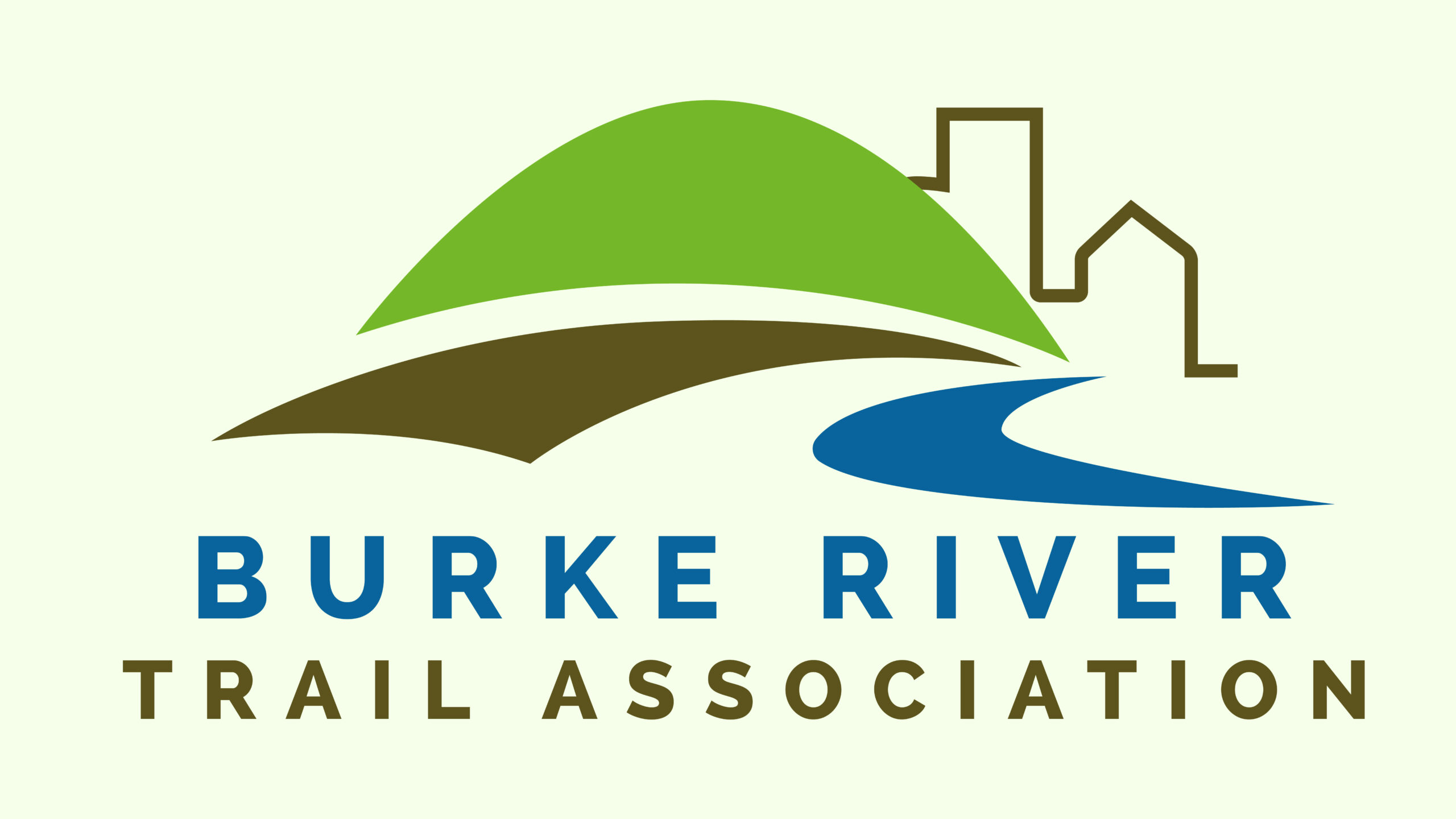When talking to residents about a trail coming through their town or their neighborhood, a frequent concern is crime. Here are some key points-
Trails are Self Policing

Trails & Greenways attract local residents who use the facility frequently and randomly
Trails Decrease Crime

Studies show less crime on trails than the communities as a whole
Litter & Leash are Biggest Problems

Studies show less crime on trails than the communities as a whole
Support for the above
- 1995 and 1996 study of 372 saw only 11 trails in 1995 and 10 trails in 1996 report major crimes which is only 3% of surveyed trails. These trails cover over 7000 miles and 45 million annual users so this number is not significant.
- “Greening” of vacant lots promotes sense of safety and reduces violent crime
- Presence of the 606 trail in Chicago saw a “significant and large positive effect on violent crime in both high disadvantage and low disadvantage neighborhoods.”
- New trail in Indianapolis shows a significant decrease in crime in the two years after the trail was built compared to the two years before.
- No elevated crime density along trail area in Chapel Hill before and after trail network built. Crime density decreased in some areas along the trails
- Cary, NC residents living near 3 greenways – 75% response rate – most residents felt satisfied & stated that problems were minimal. Studies in Mecklenburg County, Denver, Seattle, Tampa & other cities reported similar results showing less crime on greenways than the communities as a whole, thus Trails do not increase crime – but decrease it.
From the reports above, greenways and trails that are well maintained and well-traveled often see a decrease in crime and are some of the safest parts of urban areas.
Quotes from police state that trails do not increase crime – but decrease it – https://safety.fhwa.dot.gov/ped_bike/docs/rt_safecomm.pdf
Those living on greenways/trails have no issues to report – police reports dogs off leash, litter, motorized vehicle are the most common – https://www.americantrails.org/resources/trail-effects-on-neighborhoods-home-value-safety-quality-of-life
The most common problems with public trails are litter, unauthorized motorized vehicles, and unleashed pets. Many trails are patrolled by police on bikes, or walking patrols, and while assaults aren’t common, they do happen, but less so than in other public areas https://www.homes.com/blog/2017/10/things-know-public-paths-trails/
Property values are of utmost importance to homeowners, and living near a park, trail, or greenway may be certainly something to take into consideration. The good news is that recent studies have confirmed living near trails and greenways will likely raise your property value an average of 3-5% and sometimes even as high as 15%. There is also not correlation that trails increase crime in their surrounding areas. Nat Assoc of Realtos – https://www.nar.realtor/trails-and-greenways# and https://safety.fhwa.dot.gov/ped_bike/docs/rt_safecomm.pdf)
More about increased property value – http://headwaterseconomics.org/wp-content/uploads/trails-library-property-value-overview.pdf
